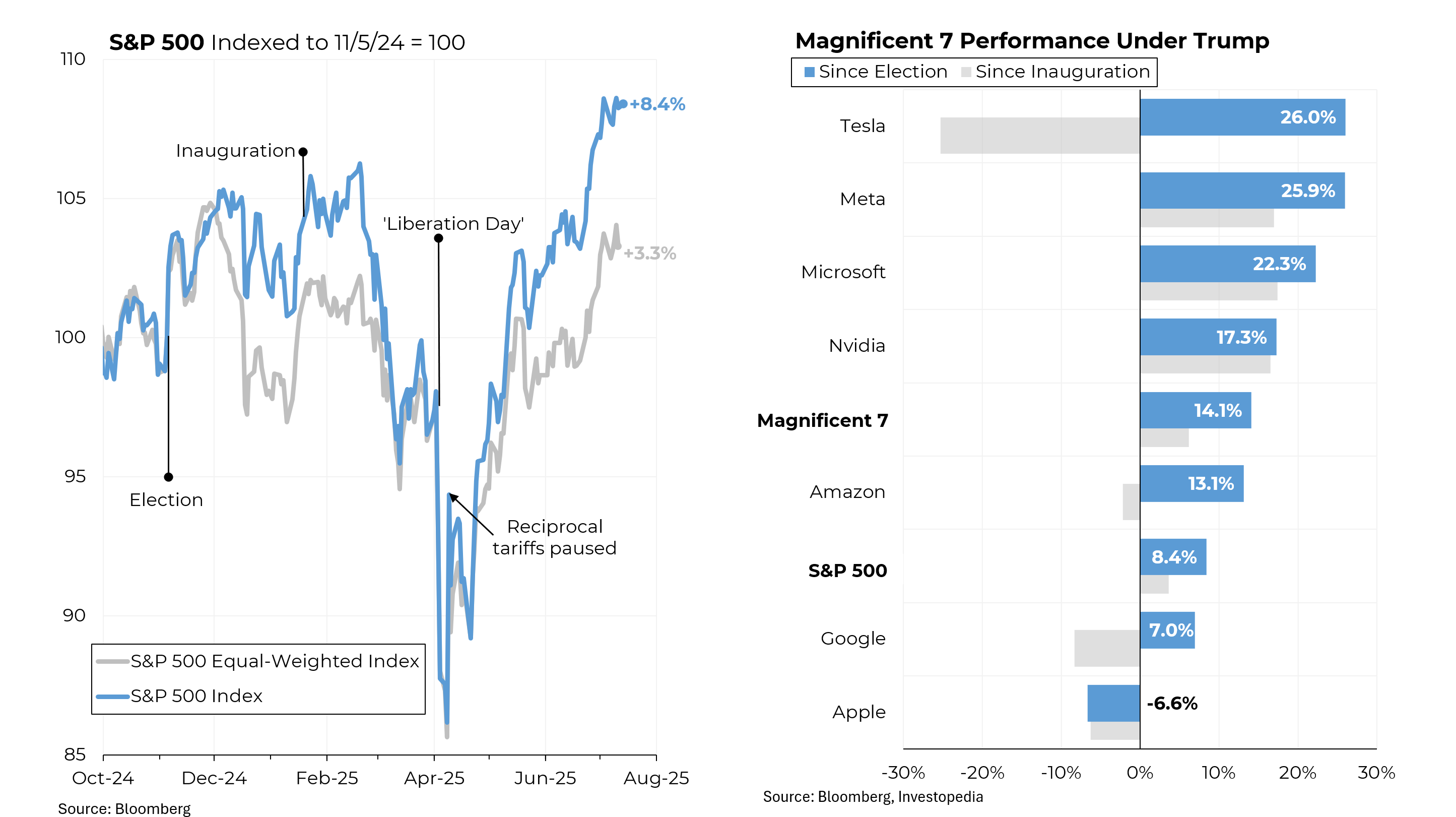Originally appeared in the New York Times
Even more than income inequality, slow growth sits firmly atop the leader board of global economic worries. Among the most prosperous countries — the Group of 7 — not a single nation is achieving an acceptable rate of expansion. Once formidable emerging countries are in disarray: Brazil and Russia have fallen into deep recessions, and China is, at best, decelerating; only India emits a soupçon of positive energy.
At such moments, we are reminded that economics is not a science like chemistry or physics in which new discoveries become immutable truths, but an endless debating society whose disorderliness reaches a fresh fever pitch whenever the road ahead seems bleak. This is the point at which we are now. Economists are fiercely divided not only over how to address the world’s challenges but also even over what those challenges are.
Among the hopeful, Keynesians — for whom the New Deal was the apogee of policy-making success — want more expansionary fiscal policies, particularly spending on investment-type programs like rebuilding our crumbling infrastructure. For conservatives, determined to revive the Reagan playbook, the mantra is to get government out of the way — through lower taxes, less spending and, certainly, fewer regulations.
At the same time, a posse of declinists urges us to accept a reality of subpar performance. One faction of these perma-pessimists argues that the world is doomed to suffocate under an ocean of debt. Another believes, in essence, that we are doomed to slow growth (if any) because transformational inventions that powered the industrial and technological revolutions are unlikely to be repeated.
Into this fray wade Satyajit Das and Mohamed A. El-Erian, who gaze at the confusing night sky through different telescopes.
In “The Age of Stagnation,” Das, a consultant and former banker, inundates us with a blizzard of facts, some stretching back to the Roman Empire, which — we learn — provided the poor with food, a forerunner of modern social welfare programs. The mid-19th-century Opium Wars, which brought a great Chinese economic machine to its knees, resulted from Britain’s trying to contain China’s last export boom by forcing the Asian nation to import opium. And on and on.
The heart of Das’s book is a familiar journey through what he calls the Global Financial Crisis and the ensuing recession. In the run-up to the 2008 financial collapse, he says, the world relied too heavily on borrowing and financial engineering to create economic activity. Growth was unbalanced, as some countries saved heavily while others consumed beyond their means. Overly generous pension and health care programs added enormous tonnage to the obligations of both governments and business, setting the stage for cataclysmic moments like the collapse of the American automobile industry.
When the financial crisis and ensuing recession struck, Das continues, governments chose not to attack the central causes of the near collapse, but instead turned to the more politically palatable path of easy money and increased public spending, which resulted in even more debt. Those ballooning budget deficits helped give rise to efforts in the United States and Europe to slash government spending, an austerity movement of which Das is a paid-up member.
But that’s where Das veers off the rails. Slashing debt when the free-fall recession of 2008 hit, as he believes every sector of the economy should have done, could well have meant depression. Similarly, the Federal Reserve’s often maligned program of quantitative easing (the buying of debt securities to keep interest rates low and encourage borrowing) made a difficult situation better, not worse. Obsessed with the debt problem and devoid of policy prescriptions, Das comes down so firmly on the side of the pessimists (the book’s title gives away its conclusion) that by its end readers may want to slit their wrists.
Mohamed A. El-Erian — an economist, former investment manager and peripatetic commentator (with whom I share service on the board of a research organization) — offers a bit more hope. To him, the world is at a critical juncture. We are destined, he believes, to turn sharply either toward a resumption of historical growth rates or to a slide into full stagnation, or worse.
El-Erian frames “The Only Game in Town” around the world’s central banks, on the sensible grounds that with the rest of government focused on austerity, the one source of help for still-wallowing economies has been easy money, provided by low interest rates and quantitative easing.
Not since the former Federal Reserve chairman Paul Volcker boosted interest rates to 20 percent in 1979-80 to combat raging inflation have central banks been so much in the public eye, and so controversial. For every supporter who believes they are, indeed, the only game in town, there’s a critic who is unshakably convinced that expansionary monetary policy has put us on the road to another round of asset bubbles and, perhaps, inflation.
El-Erian expertly offers a balanced view, commending the central banks for their necessarily aggressive policy views while noting, for example, the failure of the Fed to recognize the pre-crisis housing bubble. But title aside, this is hardly just a book about central banks. Instead, El-Erian offers a grand tour of the challenges we face, along with ideal solutions and more likely outcomes. He even dips into subjects of questionable relevance, like cognitive diversity and cultural bias. All in all, this is an accessible, albeit familiar, cruise through pretty much all things economic.
Curiously, just a few years ago, El-Erian declared the world to be in the midst of a “new normal” of slow — but positive — growth, a pronouncement for which he congratulates himself in this book. Maybe he should have stuck with that. To me, a continuation of that path seems more likely than the sharp turn either upward or downward he now predicts.
The biggest gap in both books is insufficient recognition of the problem of productivity — the output each worker generates. Without increases in efficiency, workers can’t get paid more and the economy can’t expand. And of late, productivity growth has been woefully light.
Das doesn’t acknowledge the productivity problem until well into his book, and then immediately pivots away. El-Erian is somewhat more expansive about the issue, making (unspecified) structural reforms part of his first prong of policy proposals. But he, too, quickly returns his attention to government budgets, monetary policy and the like, all more fun to chew on than the messy business of improving the supply side of our economy.
No doubt the challenges of the world economy are great, and no doubt our elected officials have fallen woefully short in implementing potential solutions. But achieving reasonable growth is well within our grasp. Not everything that can be invented has been invented. The countless hours that would be saved by a single, now imaginable idea — driverless cars and trucks — could alone reverse disappointing productivity figures.
As El-Erian makes clear, dysfunctional government bears a large share of the blame for our inadequate economic performance. The European Union is, of course, a swamp, but more important for us, deepening polarization of political parties in the United States has left Congress gridlocked. With luck, the coming election will unclog our governmental arteries. We desperately need a system in which the central banks are no longer the only game in town.
THE ONLY GAME IN TOWN
Central Banks, Instability, and Avoiding the Next Collapse
By Mohamed A. El-Erian
296 pp. Random House. $28.
THE AGE OF STAGNATION
Why Perpetual Growth Is Unattainable and the Global Economy Is in Peril
By Satyajit Das
337 pp. Prometheus Books. $25.





